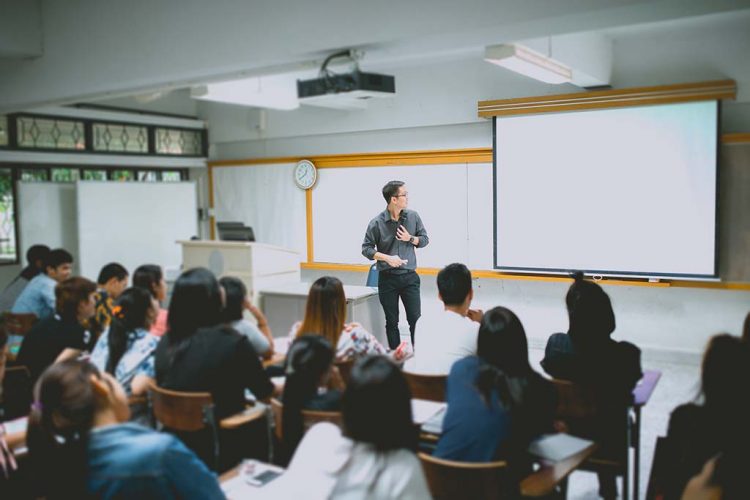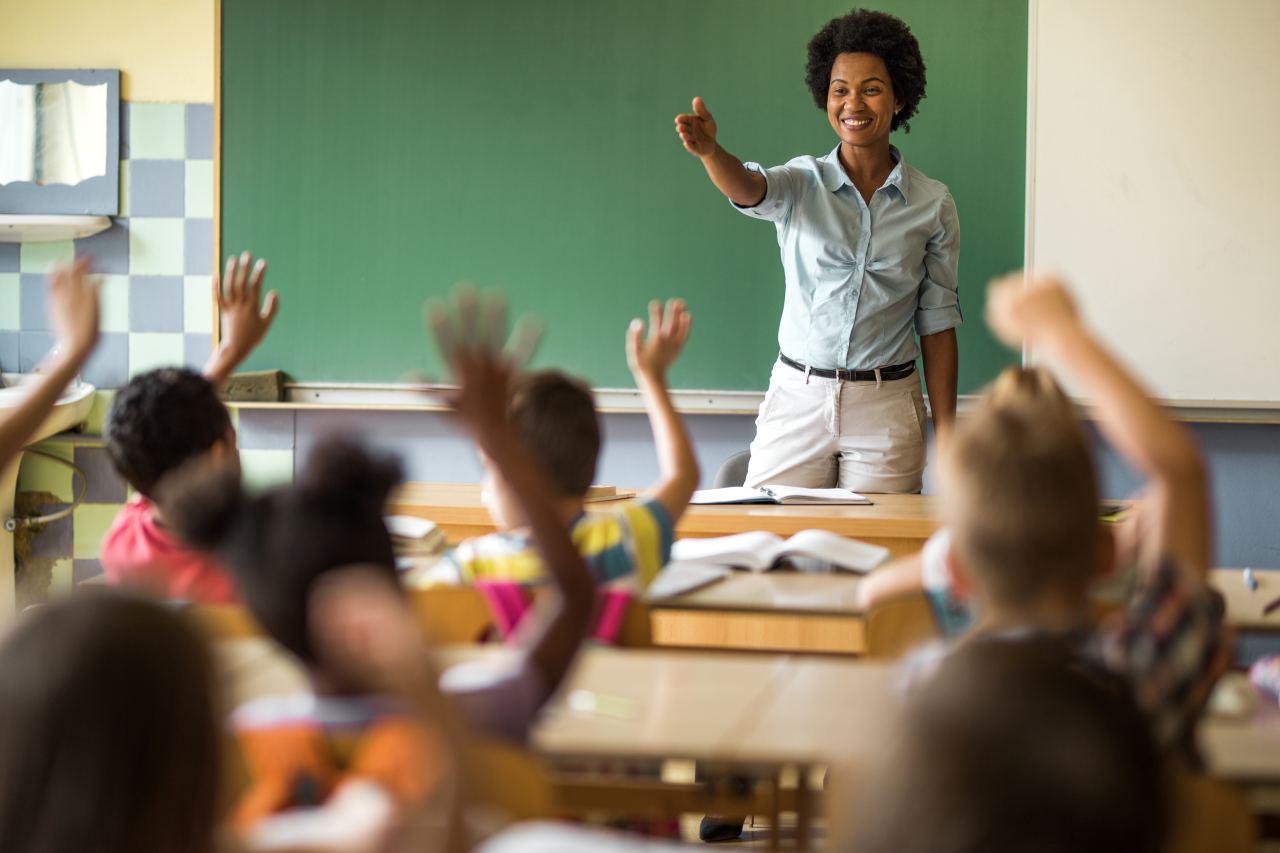Unlock Your Child’s Potential with Primary Science Tuition Singapore
Unlock Your Child’s Potential with Primary Science Tuition Singapore
Blog Article
Exploring the Different Teaching Strategies in Key Scientific Research Education And Learning Today
Inquiry-based knowing, hands-on experiments, and the combination of technology are redefining just how teachers engage young minds. In addition, joint methods and differentiated direction are being employed to cater to the varied requirements of students, boosting both engagement and understanding.
Inquiry-Based Discovering
Inquiry-Based Discovering (IBL) is an instructional approach that urges pupils to discover scientific principles via doubting, investigation, and hands-on experimentation. This approach stresses the duty of students as energetic individuals in their knowing, promoting important thinking and analytic abilities. By engaging with real-world concerns, trainees become inspired and interested, which boosts their understanding of scientific principles.
In IBL, instructors function as facilitators, leading pupils as they browse their inquiries instead than delivering details directly. This student-centered method permits differentiation, accommodating numerous discovering designs and speeds. Pupils develop skills in developing hypotheses, making experiments, and examining information, which are essential for clinical literacy.
Furthermore, IBL fosters partnership amongst pupils, encouraging them to share concepts and findings. This cumulative questions advertises social abilities and a sense of community within the class. The procedure of query urges durability, as trainees discover to embrace failing as a tipping stone towards understanding.
Hands-On Experiments
Hands-on experiments are an important component of reliable scientific research education and learning, complementing the principles of inquiry-based knowing. These experiments allow pupils to involve straight with clinical principles, promoting a deeper understanding via experiential learning. By manipulating materials and observing outcomes, young learners can grasp abstract theories in tangible methods.
Such tasks advertise critical reasoning and analytical skills, as pupils assume end results, conduct experiments, and assess outcomes. This procedure motivates them to ask inquiries, improve their understanding, and create a scientific frame of mind. Hands-on experiments can be tailored to diverse knowing designs, ensuring that all trainees have the opportunity to engage meaningfully with the web content.
Additionally, hands-on experiments often urge cooperation among peers, advertising teamwork and communication abilities. Functioning in groups allows students to share concepts, review findings, and pick up from each other, which enhances their total educational experience.
Integrating hands-on experiments into the main science curriculum not just enriches the finding out atmosphere however likewise cultivates a long-lasting interest in scientific research. By proactively taking part in their education and learning, pupils are most likely to establish an enthusiasm for clinical query that expands beyond the classroom.

Modern Technology Assimilation
Incorporating modern technology into key scientific research education and learning has ended up being significantly important in fostering trainee engagement and boosting discovering end results. The usage of electronic tools, such as interactive simulations, digital laboratories, and educational software application, provides pupils with possibilities to check out clinical ideas in innovative ways. These resources promote a deeper understanding of complicated topics by allowing learners to envision and manipulate variables that would be impractical in a conventional classroom setting.
Furthermore, modern technology assimilation motivates personalized finding out experiences. Trainees can proceed at their very own speed, reviewing challenging ideas through multimedia resources, which cater to different learning designs. This versatility not only supports individual development yet likewise cultivates a feeling of autonomy in learners.
In addition, modern technology works as a bridge to real-world scientific research, connecting students with existing study and expert contributions. Accessibility to scientific journals and on the internet site link databases widens pupils' point of views on scientific questions and promotes critical thinking skills.
Collaborative Learning
Joint learning plays a vital function in main scientific research education and learning by promoting team effort and communication abilities amongst trainees. This approach motivates students to interact, share understanding, and take part in analytical, which improves their understanding of clinical principles. By joining team tasks, students learn to verbalize their ideas, listen to diverse point of views, and negotiate remedies, all of which are necessary abilities in both scholastic and real-world contexts.

Research suggests that collective discovering can bring about enhanced motivation and involvement in science topics, as students discover satisfaction in shared experiences (primary science tuition Singapore). In addition, this technique prepares students for future joint undertakings, equipping them with the abilities required for reliable synergy in college and professional atmospheres. Eventually, accepting collaborative discovering in primary scientific research education and learning can significantly improve the learning experience and advertise a much deeper understanding of scientific query
Distinguished Instruction

Differentiated guideline can show up in different methods, such as varying the content, processes, or visit this site right here items of understanding. As an example, educators might utilize tiered tasks that offer differing levels of intricacy, permitting pupils to function at their corresponding preparedness levels. Furthermore, flexible grouping methods can promote collaboration among pupils with various abilities, fostering peer understanding.
Analysis plays an essential function in this method, as it informs guideline and assists instructors recognize each trainee's distinct requirements. Developmental assessments, such as quizzes and observations, can assist educators in adjusting their strategies to enhance learning end results. primary reference science tuition Singapore. Inevitably, by applying set apart direction in key scientific research education, instructors can cultivate an extra equitable and efficient understanding setting, equipping all students to reach their complete capacity in comprehending clinical phenomena
Conclusion
In recap, the diverse teaching strategies in key science education and learning, including inquiry-based learning, hands-on experiments, modern technology assimilation, joint understanding, and separated guideline, jointly add to an extra effective knowing environment. These techniques promote essential reasoning, analytical abilities, and a much deeper comprehension of clinical concepts. By executing these techniques, educators can create engaging and encouraging class that address the different demands of students, eventually cultivating a lifelong passion in science and boosting scholastic accomplishment.
Inquiry-Based Understanding (IBL) is an instructional strategy that urges students to check out scientific concepts through questioning, examination, and hands-on experimentation.Collaborative discovering plays a crucial role in primary scientific research education and learning by cultivating team effort and interaction skills among students.Research study suggests that collaborative discovering can lead to increased motivation and interaction in science topics, as trainees locate enjoyment in shared experiences.In fostering a comprehensive learning environment, distinguished direction emerges as an essential method to fit the diverse requirements and abilities of pupils in primary scientific research education. Eventually, by carrying out separated guideline in key science education and learning, instructors can grow an extra reliable and fair learning atmosphere, encouraging all pupils to reach their full possibility in recognizing scientific phenomena.
Report this page